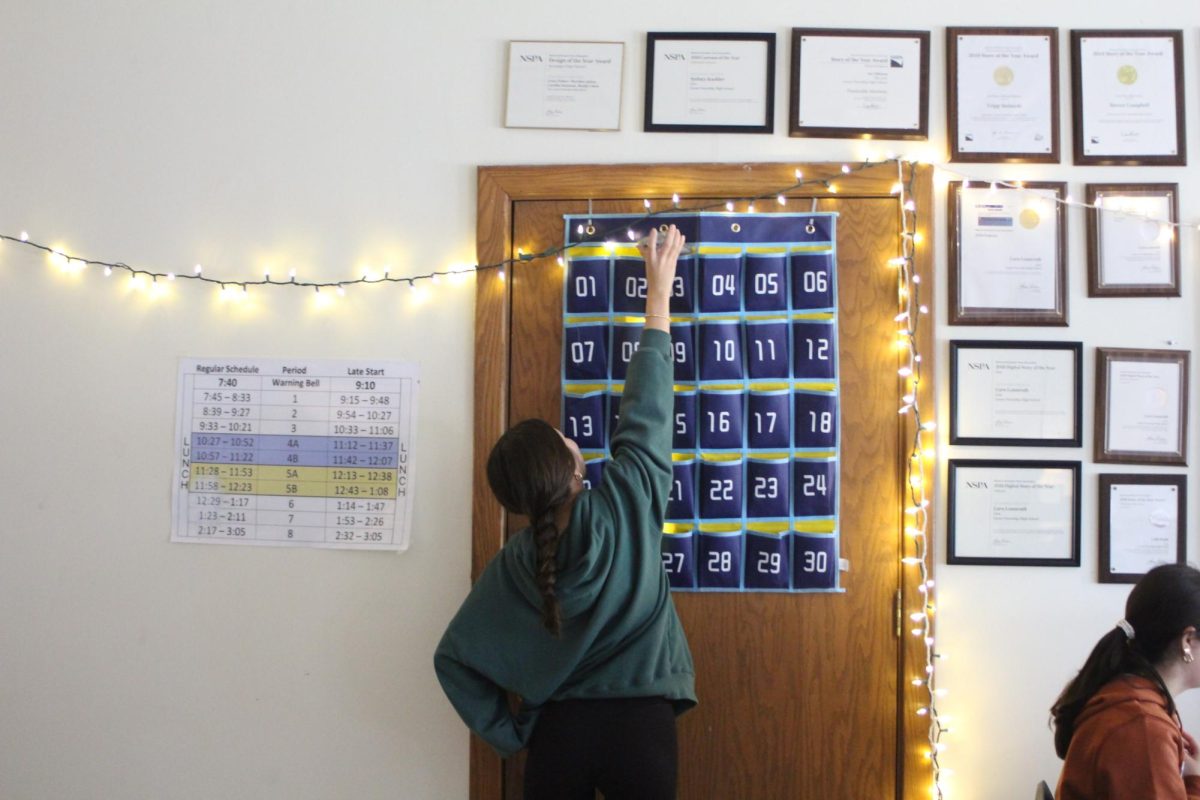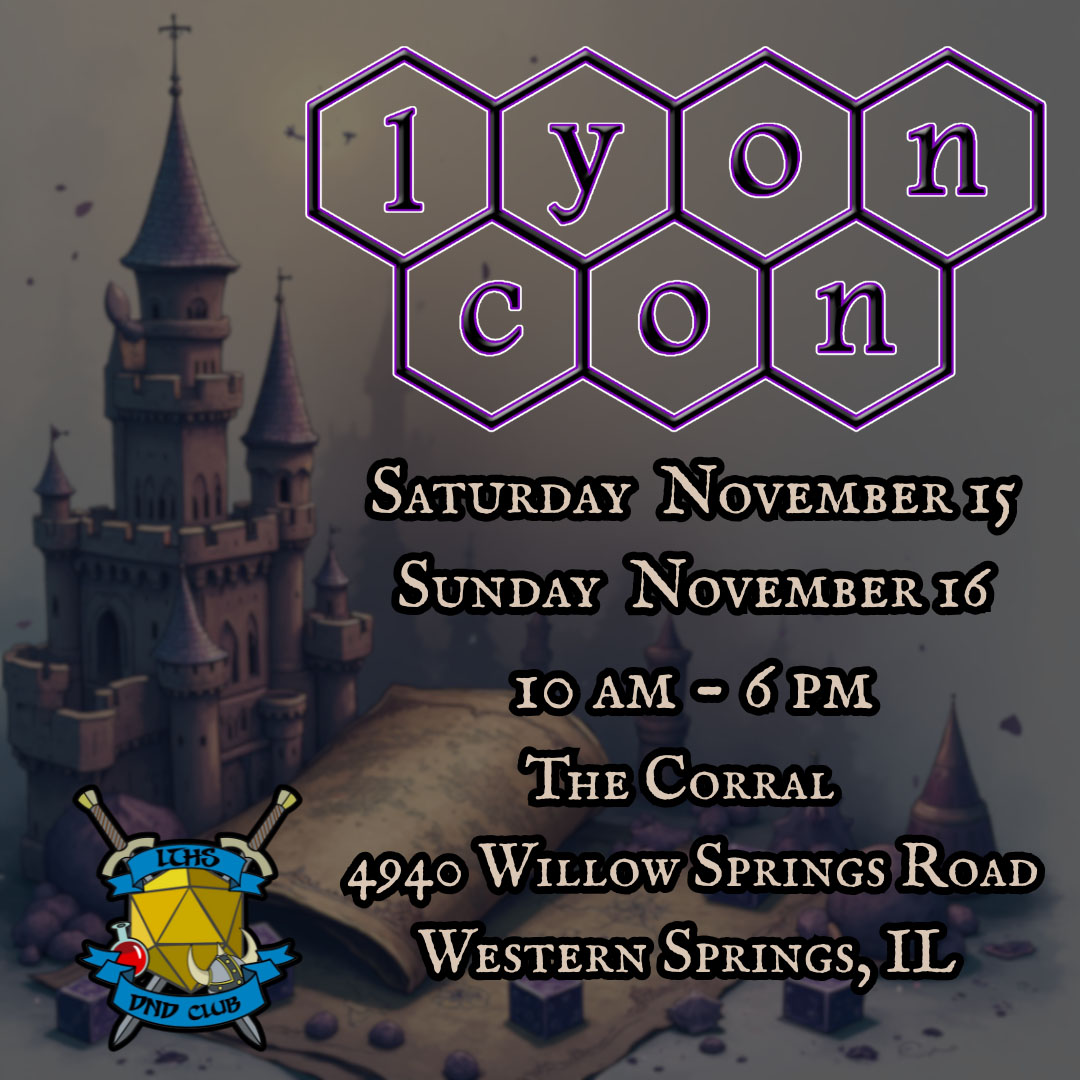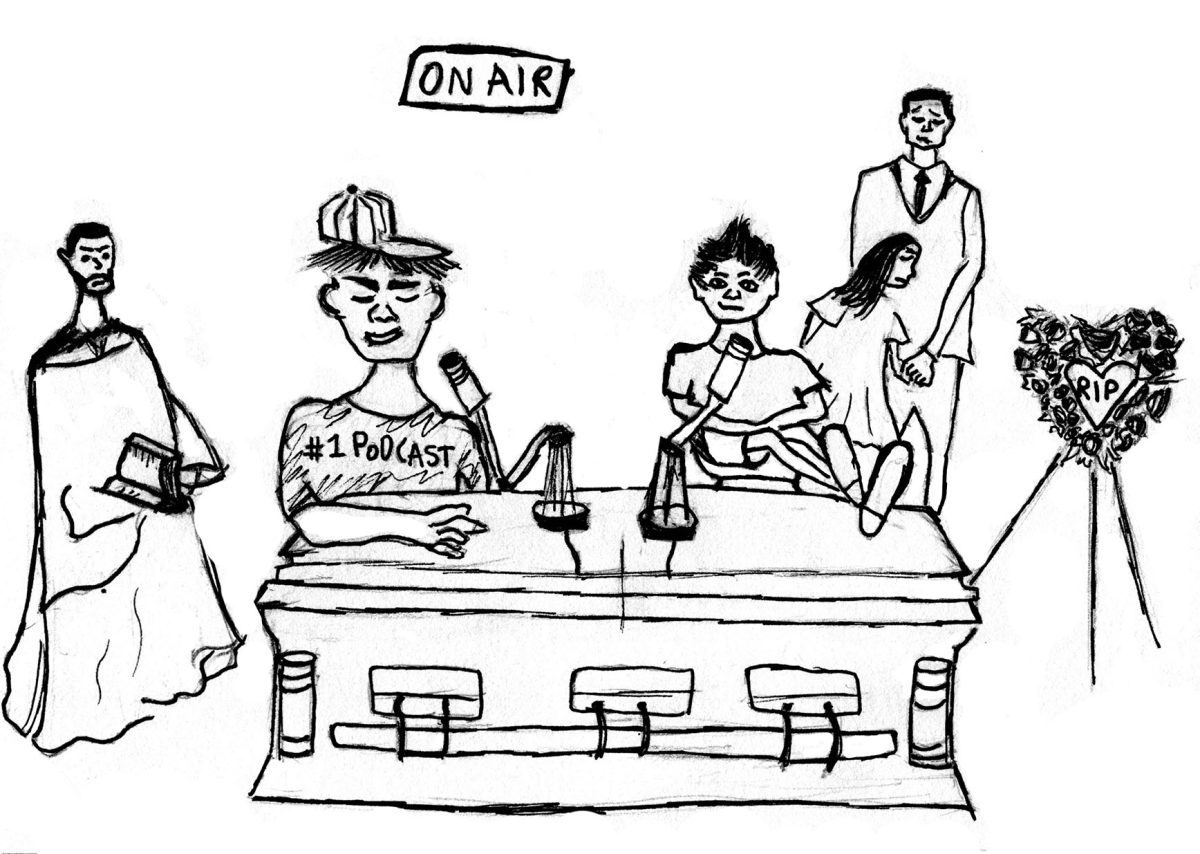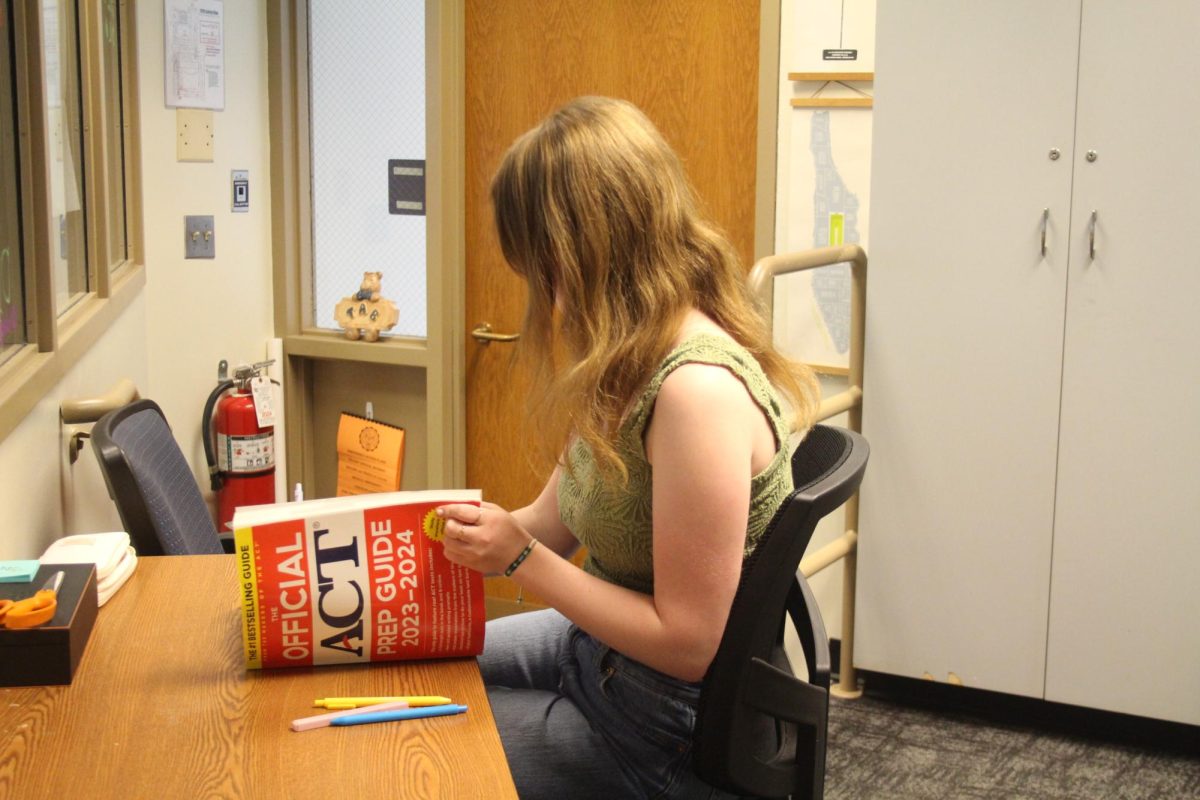According to Horizon Education, on May 14, Illinois State Superintendent Dr. Tony Sanders announced the switch from the SAT (Scholastic Aptitude Test) to the ACT (American College Test) as the state’s high school accountability assessment. Illinois has administered the SAT as the required test for the past eight years.
“The contract between the state and ACT was only recently signed, so they haven’t released a lot of information about what it’s going to look like this year,” Coordinator of Assessments and Research Kristine Zieman said. “The first thing that I did though was I went to a four day ACT training to learn more about the ACT and specifically how we can help students prepare for the [test].”
Upon receiving this announcement, LT needed to reexamine their preparation materials, built up from over the years, and decide what to keep and what needed to be redone to properly help students succeed, Test Preparation Program Coordinator Amy Johnson said.
“Juniors have been in the SAT pipeline for [three years]. We’ve been preparing them for the SAT, so to not give them that opportunity or expect them to pay for that opportunity on their own didn’t seem particularly fair,” Johnson said.
According to the LT website, the class of 2026 will be offered a free SAT on March 21, 2025. This test is specifically offered to students who have previously taken the PSAT 9 and PSAT 10. The test will be optional but is highly recommended as well as the lunch time prep in the library. The PSAT/NMSQT will also be provided on Oct. 15, 2024. This exam is the qualifying test for the National Merit Scholarship Program. A free drop in prep class has been offered for the last two years being held during lunch periods and is now being converted into ACT prep with different Math, Reading, Writing, and Science sessions. This class prepares students for the ACT even though some of the topics are covered on the SAT as well. A major difference between the two tests is the Science section on the ACT.
“The ACT section isn’t truly a science test. Of the 40 questions maybe two or three are about science in general, then there are roughly five logic questions and then all the rest are reading charts and graphs,” Johnson said.
A few years ago this was an argument against the SAT since it did not have application questions like the ACT where the students analyzed data. Both tests do offer similar assessments of reading, writing and math even though reading on the ACT is often longer texts than seen on the SAT.
“It probably would have been easier to stick with the SAT,” Johnson said. “[I feel] that there is more time per question for students so I feel like it is more about what they know as opposed to what they know and how quickly they can work.”
According to the College Board, compared to the ACT, the SAT provides 67% more time per question. For example, the English ACT section has 75 questions in 45 minutes (36 seconds per question) while the SAT English is two sections of 32 minutes with 27 questions per module (one minute and 11 seconds per question). To help students adapt to these changes, LT is offering multiple resources for students.
“We’re really doing a lot of things to give students all the free prep that they could possibly need or want and if students avail themselves of that … they’ll be in great shape,” Johnson said.




























![Movie poster for '[Rec]" (2007).](https://www.lionnewspaper.com/wp-content/uploads/2023/04/rec-640x900.jpg)



